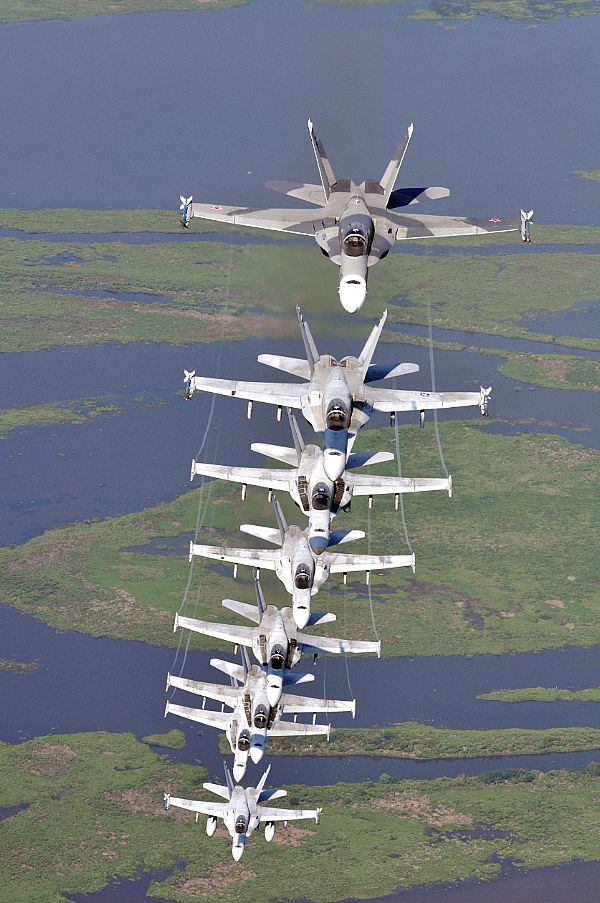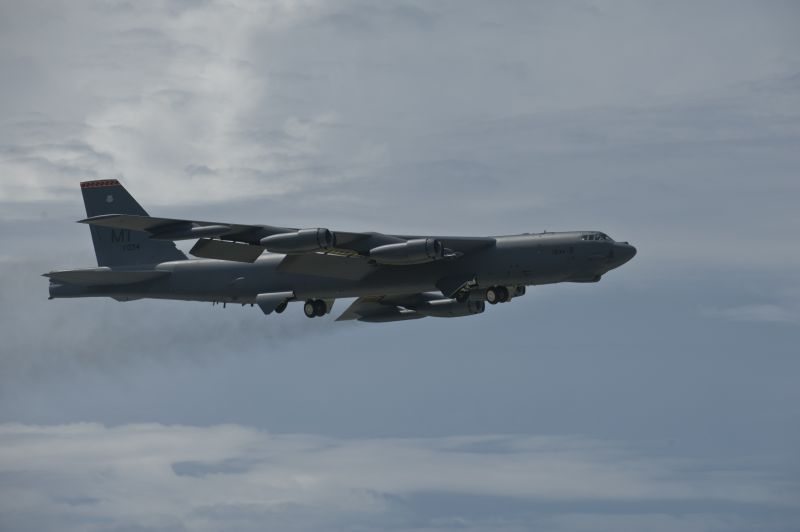Senior Army and Air Force leaders for the Reserve and National Guard were on Capitol Hill to testify March 19 and answer questions about updating and replacing their combat-worn equipment.
Chairman Michael Turner, R-Ohio, and Rep. John Garamendi, D-Calif., led the hearing at the House Armed Services Committee’s Tactical Air and Land Forces Subcommittee. They questioned the reserve-component leaders about modernization and equipping strategies, new initiatives, program changes, and potential impacts from the Budget Control Act’s initial $487 billion in DOD cuts and sequestration’s additional $600 billion in cuts to defense programs.
“The majority of our Citizen Airmen serves part-time, making us a highly efficient and effective force,” said Lt. Gen. James F. Jackson, the chief of Air Force Reserve at the Pentagon. “The money from this committee is the primary way we upgrade our combat equipment and aircraft. This funding has resulted in better targeting, self protection and communication capabilities for our combat forces in Afghanistan and previously in Iraq.”
Called the “National Guard and Reserve Equipment Appropriation,” Congress allocates this special funding separately from the President’s Budget Request. The lawmakers funded the Air Force Reserve’s equipment upgrades with $75 million last year and $70 million in 2011. This year’s Reserve and National Guard equipment upgrades have been disrupted by the looming sequestration budget cuts and the lack of an FY13 Defense Appropriation.
“More than 20 years of sustained combat operations have taken their toll,” Jackson said. “Procurement funding for the Air Force Reserve is more important than ever.”
By using ideas from recently deployed Airmen and buying off-the-shelf technology, the reserve component gets new equipment that saves lives and leads to highly successful combat operations worldwide.
The special funding was used to install the Smart Multi-Function Color Display in 15 Air Force Reserve combat search and rescue helicopters. This high-tech communication upgrade provides the aircrews with enhanced data links, situational awareness, and survivor information while airborne. The system shares critical information while the crews are enroute to rescue scenes resulting in reduced mission launch times, upgraded threat awareness, and reduced flight crew workload.
“In less than 20 months, 331 wounded warriors’ lives were saved in Afghanistan by the quicker response times and safer evacuations,” Jackson said. “This is a direct result of equipment upgrades from this outstanding program.”
Also, these equipment upgrades have enabled the Air Force Reserve to better support homeland-defense missions. Last year, the Air Force Reserve’s 910th Airlift Wing, Youngstown-Warren Air Reserve Station, Ohio, replaced their unique aerial spray systems. This is the only unit within the Department of Defense with this special capability to control disease vectors, insect populations and disperse oil spills. The unit responds to national disasters and emergencies such as the 2010 oil spill clean-up in the Gulf of Mexico.
The goal of Air Force Reserve’s modernization efforts is to ensure that all combat aircraft and capabilities work interchangeably with Regular Air Force and Air National Guard counterparts. To meet future challenges, the Air Force works as a total-force team and maintains readiness for combat or humanitarian relief operations worldwide.
“The Reserve component can now be mobilized to respond to national security needs here at home,” Jackson said. “Dual-use capabilities such as airlift, aeromedical evacuation and personnel recovery are equally valuable, both in-theater and for homeland support.”
The top updates for the Air Force Reserve include engine fuel control systems for C-130 Hercules cargo aircraft and LITENING Advanced Targeting pods for F-16 Fighting Falcons. In the past, these advanced targeting pods allowed for strikes against moving targets and have been the number one success story for modernizing the Air Force Reserve and Air National Guard’s jets.
The LITENING AT pod was a resounding success during the opening days of combat against the Taliban in Afghanistan. Air Force reservists were asked to stay in country longer than expected because they were the only units flying and maintaining aircraft with this state-of-the-art avionics upgrade. The targeting pods enhance communication during missions by connecting pilots directly with Airmen on the ground, providing a faster and more accurate response time.











